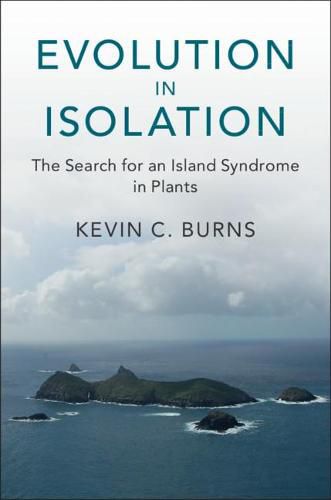Readings Newsletter
Become a Readings Member to make your shopping experience even easier.
Sign in or sign up for free!
You’re not far away from qualifying for FREE standard shipping within Australia
You’ve qualified for FREE standard shipping within Australia
The cart is loading…






Oceanic islands are storehouses for unique creatures. Zoologists have long been fascinated by island animals because they break all the rules. Speedy, nervous, little birds repeatedly evolve to become plump, tame and flightless on islands. Equally strange and wonderful plants have evolved on islands. However, plants are very poorly understood relative to animals. Do plants repeatedly evolve similar patterns in dispersal ability, size and defence on islands? This volume answers this question for the first time using a modern quantitative approach. It not only reviews the literature on differences in defence, loss of dispersal, changes in size, alterations to breeding systems and the loss of fire adaptations, but also brings new data into focus to fill gaps in current understanding. By firmly establishing what is currently known about repeated patterns in the evolution of island plants, this book provides a roadmap for future research.
$9.00 standard shipping within Australia
FREE standard shipping within Australia for orders over $100.00
Express & International shipping calculated at checkout
Stock availability can be subject to change without notice. We recommend calling the shop or contacting our online team to check availability of low stock items. Please see our Shopping Online page for more details.
Oceanic islands are storehouses for unique creatures. Zoologists have long been fascinated by island animals because they break all the rules. Speedy, nervous, little birds repeatedly evolve to become plump, tame and flightless on islands. Equally strange and wonderful plants have evolved on islands. However, plants are very poorly understood relative to animals. Do plants repeatedly evolve similar patterns in dispersal ability, size and defence on islands? This volume answers this question for the first time using a modern quantitative approach. It not only reviews the literature on differences in defence, loss of dispersal, changes in size, alterations to breeding systems and the loss of fire adaptations, but also brings new data into focus to fill gaps in current understanding. By firmly establishing what is currently known about repeated patterns in the evolution of island plants, this book provides a roadmap for future research.